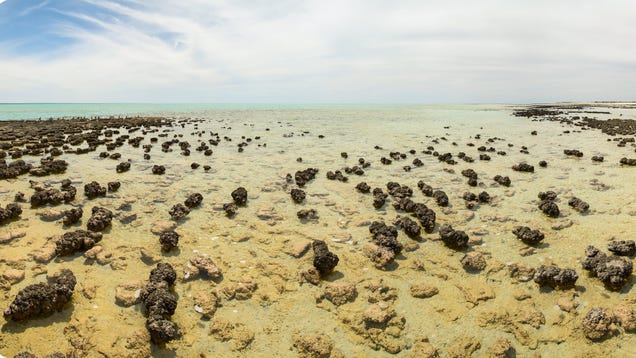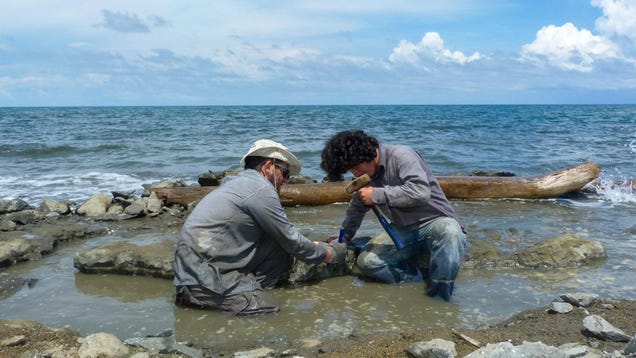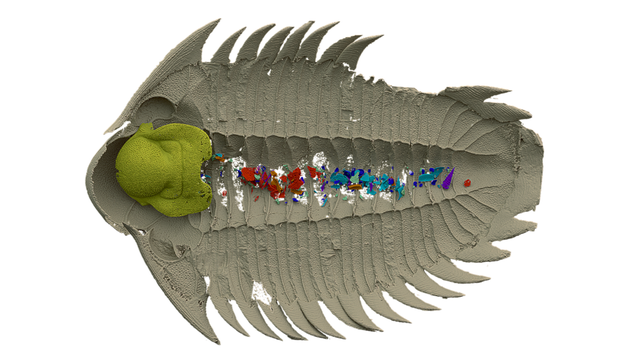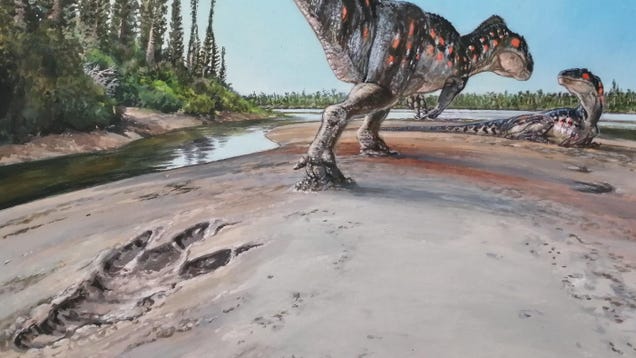
The story of life on Earth can’t be told without photosynthesis, the process by which plants (and some other lifeforms) convert sunlight into chemical energy. Now, a team of researchers has announced the discovery of fossilized photosynthetic structures—the oldest yet known—from a staggering 1.75 billion years ago.





